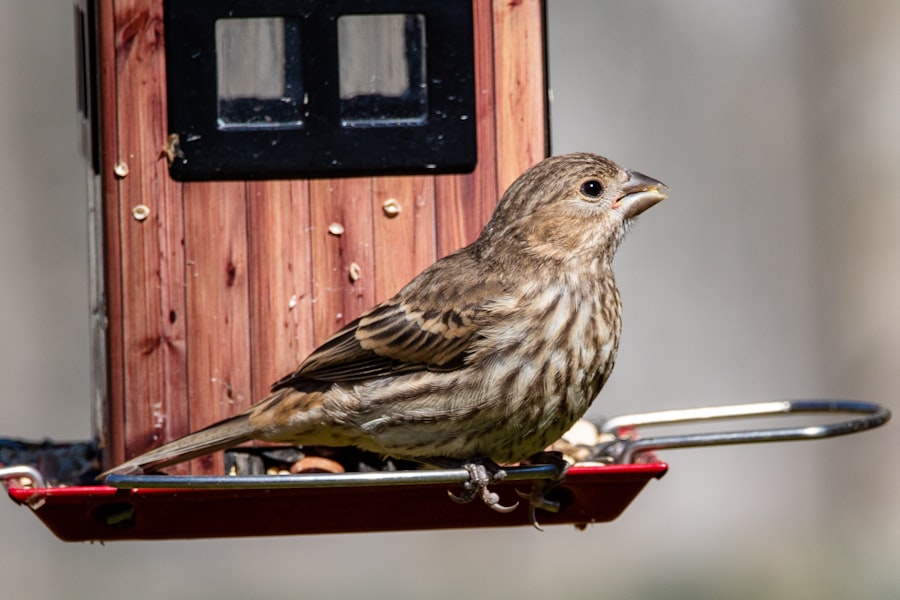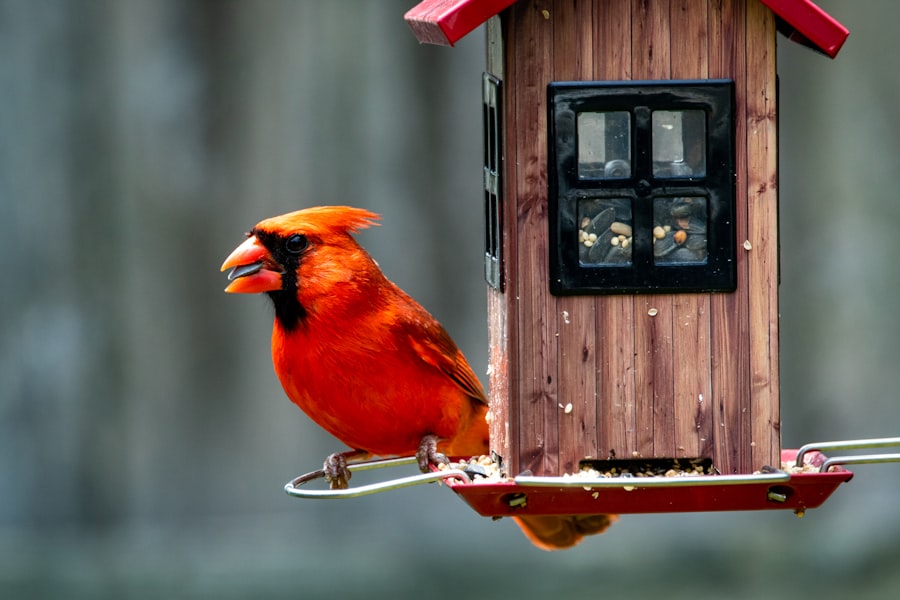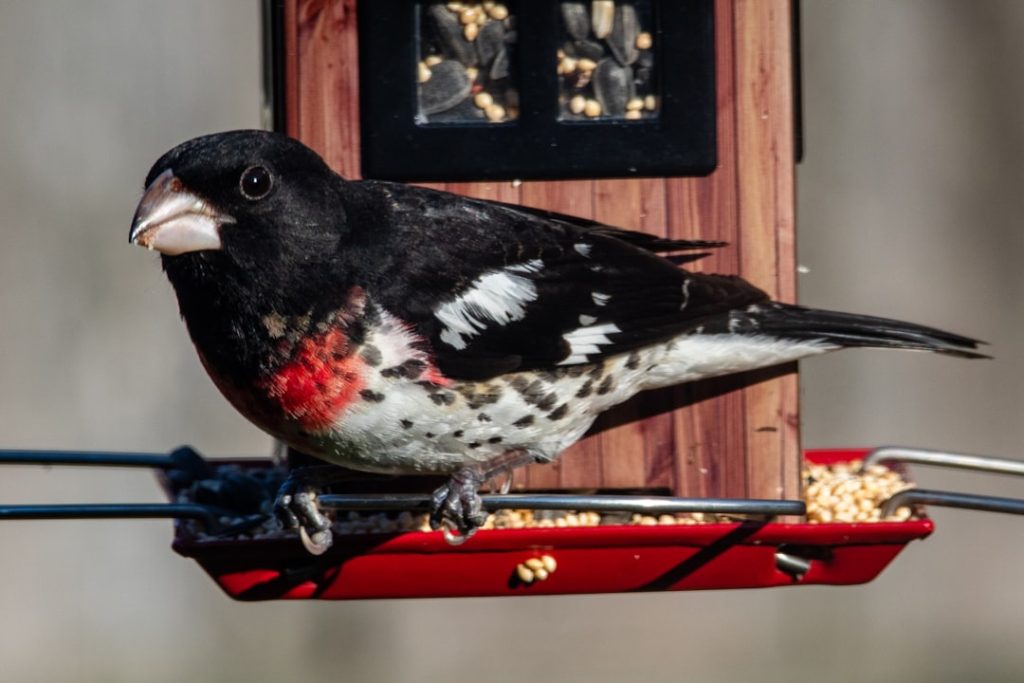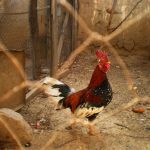Keeping chickens as pets has gained popularity in recent years due to a growing interest in sustainable living and self-sufficiency. Chickens provide fresh eggs and serve as engaging pets, displaying social behavior, intelligence, and the ability to learn tricks. Many households also include other pets such as dogs, cats, or rabbits.
While integrating chickens with other pets may present challenges, it is feasible to create a harmonious living environment for all animals with proper planning and care. When considering a multi-species household that includes chickens and other pets, it is essential to understand the potential benefits, necessary considerations, and possible challenges. Proper introduction techniques and the creation of a safe environment for all animals are crucial factors in establishing a diverse and contented animal family.
By addressing these aspects, pet owners can successfully maintain a household with both chickens and traditional pets.
Table of Contents
- 1 Benefits of Keeping Chickens as Pets
- 2 Considerations for Keeping Chickens and Pets Together
- 3 Tips for Introducing Chickens to Other Pets
- 4 Creating a Safe Environment for Chickens and Pets
- 5 Potential Challenges of Keeping Chickens and Pets Together
- 6 Conclusion and Final Thoughts on Keeping Chickens and Pets
- 7 FAQs
- 7.1 What are some benefits of keeping chickens as pets?
- 7.2 What should I consider before keeping chickens as pets?
- 7.3 What do chickens need in terms of housing and space?
- 7.4 What do chickens eat and drink?
- 7.5 How do I keep chickens and pets safe around each other?
- 7.6 What are some common health issues for chickens?
- 7.7 Are there any legal considerations for keeping chickens as pets?
Key Takeaways
- Keeping chickens as pets can be a rewarding and enjoyable experience for both adults and children.
- Chickens can provide a sustainable source of fresh eggs and natural pest control for your garden.
- When keeping chickens and pets together, it’s important to consider the temperament and behavior of both animals to ensure a harmonious environment.
- Introducing chickens to other pets should be done gradually and with careful supervision to prevent any potential conflicts.
- Creating a safe environment for chickens and pets involves providing secure enclosures, proper nutrition, and regular veterinary care to ensure their well-being.
Benefits of Keeping Chickens as Pets
Chickens are social animals that enjoy interacting with their human owners as well as other pets in the household. They thrive on attention and can form strong bonds with their caregivers.
Practical Advantages of Backyard Chickens
In addition to their social benefits, chickens can also help with pest control in the yard by eating insects and even small rodents. They can also contribute to reducing food waste by eating kitchen scraps such as vegetable peels and fruit rinds, which can then be turned into nutrient-rich compost for the garden.
Chickens as a Learning Experience
Keeping chickens can be a great educational experience for children, teaching them about responsibility, animal care, and where their food comes from. By involving children in the care of chickens, they can learn valuable life skills and develop a deeper appreciation for nature and the environment.
Considerations for Keeping Chickens and Pets Together

When considering keeping chickens and other pets together, there are several important factors to take into account. One of the primary considerations is the temperament of your existing pets. Some dogs and cats may have a strong prey drive and could pose a threat to chickens.
It’s essential to assess your pets’ behavior and determine whether they can coexist peacefully with chickens. Another consideration is the space available for all your pets. Chickens require a coop for shelter and a secure outdoor area for roaming and foraging.
It’s important to ensure that there is enough space for both the chickens and other pets to move around comfortably without feeling crowded or stressed. Additionally, it’s crucial to consider the health and safety of all your pets. Chickens can carry diseases that may be harmful to other animals, so regular health checks and vaccinations are essential.
It’s also important to provide separate feeding and watering stations to prevent competition and potential conflicts between pets. Finally, it’s important to consider the local regulations and zoning laws regarding keeping chickens as pets. Some areas may have restrictions on the number of chickens allowed or specific requirements for coop construction.
It’s important to familiarize yourself with these regulations to ensure that you are in compliance with local laws.
Tips for Introducing Chickens to Other Pets
Introducing chickens to other pets requires careful planning and supervision to ensure a smooth transition. When introducing chickens to dogs or cats, it’s important to start with controlled interactions in a neutral space. This can help prevent territorial behavior from your existing pets and allow them to become familiar with each other’s presence.
For dogs, it’s important to work on obedience training and reinforce commands such as “leave it” or “stay” to prevent any chasing or aggressive behavior towards the chickens. It’s also helpful to keep dogs on a leash during initial introductions to maintain control over their behavior. When introducing chickens to cats, it’s important to supervise their interactions closely.
Some cats may be curious about the chickens but may not pose a threat, while others may see them as prey. It’s important to observe your cat’s behavior and intervene if necessary to prevent any potential harm to the chickens. It’s also important to provide separate spaces for each pet to retreat to if they feel overwhelmed or stressed.
This can help prevent conflicts and give each pet a sense of security in their own territory.
Creating a Safe Environment for Chickens and Pets
Creating a safe environment for chickens and other pets is essential for their well-being and harmonious coexistence. When designing the outdoor space for your pets, it’s important to ensure that the fencing is secure and predator-proof to protect the chickens from potential threats such as dogs, cats, or wild animals. In addition to secure fencing, it’s important to provide adequate shelter for all your pets.
The chicken coop should be well-ventilated, predator-proof, and provide enough space for roosting and nesting. It’s also important to provide separate sleeping areas for other pets to ensure that everyone has their own space. Furthermore, it’s important to provide enrichment activities for all your pets to prevent boredom and reduce potential conflicts.
For chickens, this can include providing perches, dust bathing areas, and toys such as hanging treats or mirrors. For other pets, it’s important to provide toys, scratching posts, or climbing structures to keep them mentally stimulated and physically active. Finally, it’s important to maintain a clean environment for all your pets by regularly cleaning feeding and watering stations, removing waste from the coop or litter boxes, and providing regular grooming and veterinary care for all your pets.
Potential Challenges of Keeping Chickens and Pets Together

Dietary Needs and Feed Management
One of the primary challenges is managing the different dietary needs of each pet. Chickens require a balanced diet of grains, seeds, fruits, vegetables, and protein sources such as insects or mealworms. It’s crucial to ensure that other pets do not have access to chicken feed, as it may not be suitable for their nutritional needs.
Managing Conflicts and Safety
Another potential challenge is managing potential conflicts between pets. Some dogs or cats may see chickens as prey and may exhibit predatory behavior towards them. It’s vital to supervise their interactions closely and intervene if necessary to prevent any harm to the chickens.
Hygiene and Disease Prevention
Maintaining hygiene and preventing the spread of diseases between pets can be a challenge. Chickens can carry diseases such as salmonella or avian influenza that may be harmful to other animals or humans. It’s essential to practice good hygiene by washing hands after handling chickens or their eggs and regularly cleaning feeding and watering stations to prevent the spread of disease.
Space Management and Comfort
Finally, managing the space requirements for all your pets can be challenging, especially if you have limited outdoor space. It’s crucial to provide enough space for all your pets to move around comfortably without feeling crowded or stressed.
Conclusion and Final Thoughts on Keeping Chickens and Pets
In conclusion, keeping chickens and other pets together can be a rewarding experience with the right considerations and planning. By understanding the benefits, considerations, potential challenges, and implementing tips for introducing chickens to other pets, you can create a harmonious environment for all your furry and feathered friends. It’s important to consider the temperament of your existing pets, provide adequate space and shelter for everyone, create a safe environment, and be prepared for potential challenges that may arise.
With proper planning and supervision, you can enjoy the rewards of having a diverse animal family while promoting sustainability and self-sufficiency. Ultimately, keeping chickens as pets can be a valuable educational experience for children, teaching them about responsibility, animal care, and sustainability. By involving children in the care of chickens and other pets, they can develop a deeper appreciation for nature and the environment while learning valuable life skills.
Overall, keeping chickens and other pets together requires careful consideration and planning but can be a fulfilling experience that brings joy, companionship, and sustainability into your home.
If you’re considering keeping chickens as pets, you may also be interested in learning about how to build a chicken coop with a trampoline roof. This innovative design is not only functional but also provides a fun and safe environment for your chickens to roam. Check out this article on chicken coop trampoline for more information on this unique coop design.
FAQs
What are some benefits of keeping chickens as pets?
Keeping chickens as pets can provide several benefits, including a fresh supply of eggs, natural pest control in the garden, and the enjoyment of watching and interacting with the chickens.
What should I consider before keeping chickens as pets?
Before keeping chickens as pets, it’s important to consider local regulations and ordinances, the amount of space and shelter needed for the chickens, and the time and effort required for their care and maintenance.
What do chickens need in terms of housing and space?
Chickens need a secure and predator-proof coop for shelter, as well as access to a run or outdoor space for exercise and foraging. The coop should provide adequate space for the number of chickens being kept.
What do chickens eat and drink?
Chickens require a balanced diet that includes a commercial feed, as well as access to fresh water and occasional treats such as fruits, vegetables, and mealworms.
How do I keep chickens and pets safe around each other?
It’s important to supervise interactions between chickens and other pets, and to provide separate spaces for each if necessary. Training and socializing pets to be comfortable around chickens can also help prevent conflicts.
What are some common health issues for chickens?
Common health issues for chickens include parasites, respiratory infections, and egg-laying problems. Regular veterinary care, proper nutrition, and a clean living environment can help prevent these issues.
Are there any legal considerations for keeping chickens as pets?
There may be local regulations or ordinances that govern the keeping of chickens, including restrictions on the number of chickens allowed, coop requirements, and noise ordinances. It’s important to research and comply with these regulations.
Meet Walter, the feathered-friend fanatic of Florida! Nestled in the sunshine state, Walter struts through life with his feathered companions, clucking his way to happiness. With a coop that’s fancier than a five-star hotel, he’s the Don Juan of the chicken world. When he’s not teaching his hens to do the cha-cha, you’ll find him in a heated debate with his prized rooster, Sir Clucks-a-Lot. Walter’s poultry passion is no yolk; he’s the sunny-side-up guy you never knew you needed in your flock of friends!







